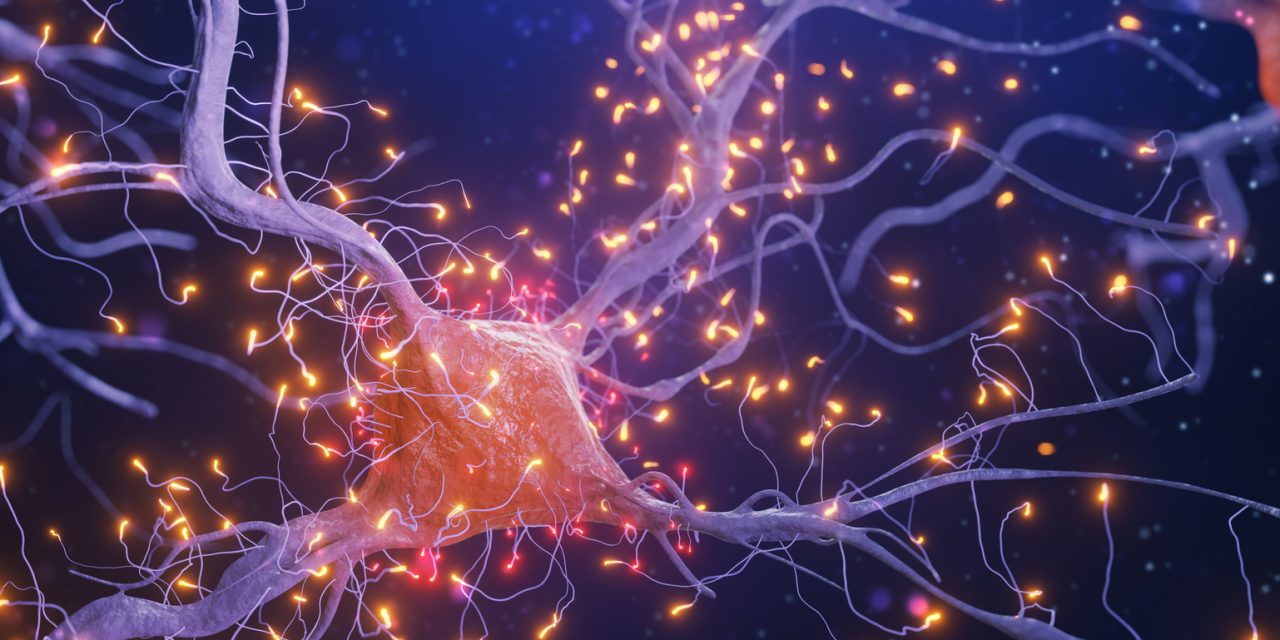To test the hypothesis that in dyspeptic children, prospective symptom severity following ingestion of a meal would correlate with percent gastric retention, and those ultimately diagnosed with gastroparesis would report worse symptoms.
Prospective, single center study with 104 children with dyspepsia completing a prospective dyspepsia symptom questionnaire before and after eating a standardized Tougas meal during gastric emptying scintigraphy (GES). Main outcomes included correlation between gastric retention and symptoms and comparison of symptom severity between those with and without gastroparesis.
52 children (50%) had gastroparesis (gastroparesis: 12.5 ± 2.9 years, 65% female; non-gastroparesis: 13.0 ± 2.9 years, 60% female; all P>0.05). Bloating was the only symptom significantly worse in youth with gastroparesis. For the entire cohort, bloating and fullness correlated with percent retention. However, in those with gastroparesis, only nausea correlated with retention (4 hr.; r=0.275, P < .05). Girls with gastroparesis had significantly worse symptoms (except satiety) when compared with boys with gastroparesis (P<0.05).
Overall in children, there is little difference in symptom severity between children with gastroparesis vs. normal emptying based on current standards. However, girls with gastroparesis have worse symptoms vs. boys with gastroparesis, underscoring a need for further studies into the role of sex in gastroparesis symptoms. In all children, both bloating and fullness correlated modestly with gastric retention, and nausea correlated in those with gastroparesis.
Copyright © 2020 Elsevier Inc. All rights reserved.
Meal-Induced Symptoms in Children with Dyspepsia – Relationships to Sex and the Presence of Gastroparesis.


